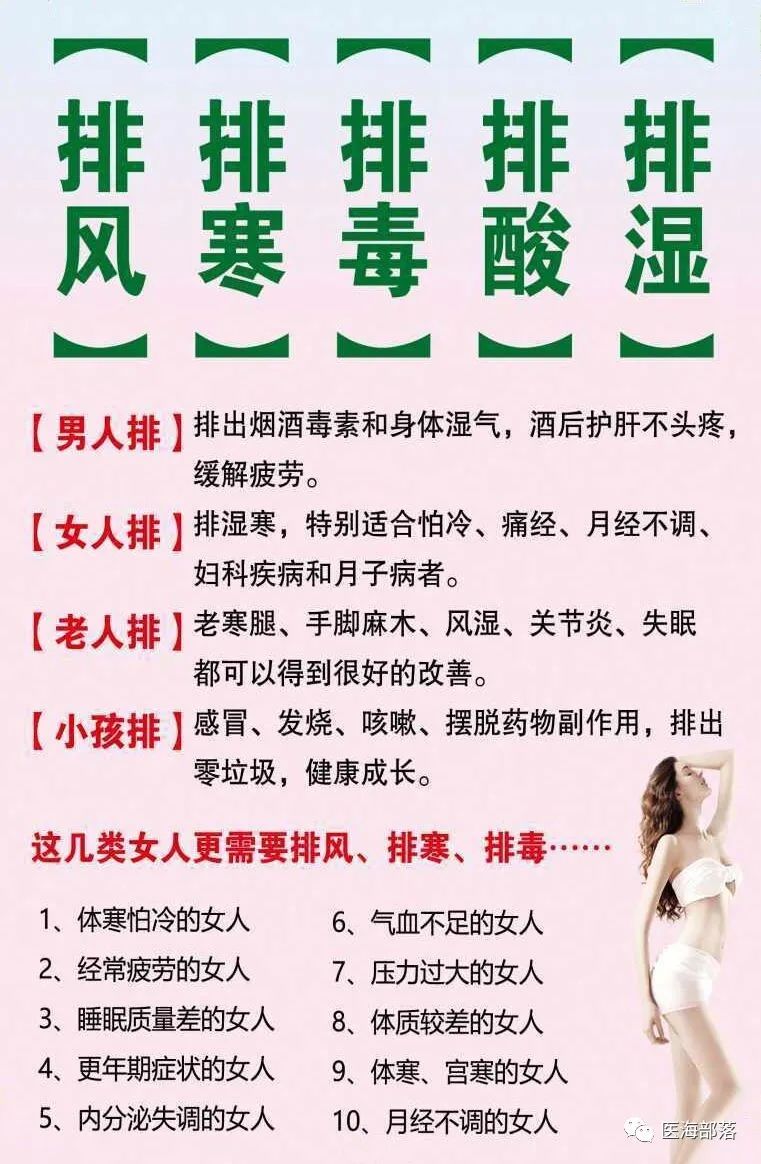
The Eight Principles Differentiation (Ba Gang Bian Zheng) categorizes diseases into eight major types: Yin, Yang, Exterior, Interior, Cold, Heat, Deficiency, and Excess. Yin and Yang reflect the categories of diseases, Exterior and Interior indicate the depth of the disease, Cold and Heat reflect the nature of the disease, while Deficiency and Excess reflect the strength of pathogenic factors versus the body’s righteous Qi.
Exterior and Interior Differentiation refers to the depth and location of the disease. Exterior syndrome indicates a superficial and mild disease, while Interior syndrome indicates a deeper and more severe condition.
Exterior syndrome refers to symptoms arising from the invasion of the six excesses (liu yin xie) through the mouth and nose, typically presenting acutely with a short duration. Clinical manifestations include fever, chills, floating pulse, headache, body aches, nasal congestion, cough, runny nose, and sore throat.
Interior syndrome refers to symptoms that penetrate into the organs, marrow, and Qi and blood, often occurring in the later stages of exterior diseases or in cases of internal injury. The course of Interior syndrome is generally longer, with clinical manifestations including constipation, diarrhea, irritability, dizziness, and a deep pulse.
Differentiation between Exterior and Interior syndromes: This is generally determined by observing changes in cold-heat, pulse, and tongue. Specifically, a floating pulse is often indicative of an Exterior syndrome, while a deep pulse suggests an Interior syndrome; fever with aversion to cold is more typical of an Exterior syndrome, while fever without aversion to cold suggests an Interior syndrome; minimal changes in tongue coating indicate an Exterior syndrome, while significant changes suggest an Interior syndrome. Deficiency and Excess Differentiation reflects the strength of pathogenic factors.
Excess syndrome indicates a strong pathogenic factor that should be attacked;
Deficiency syndrome indicates insufficient righteous Qi that should be tonified.
Deficiency syndrome refers to symptoms arising from insufficient righteous Qi within the body, including varying degrees of damage to the organs, Yin, Yang, and essence-blood. Clinical manifestations include pale complexion, fatigue, palpitations, shortness of breath, frequent urination or incontinence, mental fatigue, and night sweats.
Excess syndrome refers to symptoms caused by an overabundance of pathogenic factors, resulting from invasion of the body or dysfunction of internal organs. Clinical manifestations include coarse breathing, chest tightness, difficulty urinating, constipation, abdominal distension and pain, and thick greasy tongue coating. Differentiation between Deficiency and Excess syndromes.
Differentiation between Deficiency and Excess:
Strong constitution, early to mid-stage of an exterior disease, loud voice, coarse breathing, and a strong pulse with pain that resists pressure are often indicative of Excess syndrome;
Weak constitution, tender tongue, late stage of an exterior disease, low voice, weak pulse, and pain that is relieved by pressure are indicative of Deficiency syndrome.
Deficiency can also be classified into true and false: Abdominal distension that varies in intensity, or pain that decreases with pressure, with a wiry pulse indicates true Deficiency; while lack of appetite but able to eat, abdominal distension with increased pain upon pressure, and a deep pulse with strength indicates false Deficiency. Yin and Yang Differentiation
Yin and Yang are the overarching principles of the Eight Principles. Yin syndromes include Deficiency, Interior, and Cold, while Yang syndromes include Excess, Exterior, and Heat. Yin syndromes primarily refer to Deficiency Cold syndromes, with clinical manifestations including fatigue, lack of energy, pale complexion, cold intolerance in the limbs, lack of thirst, and clear diarrhea;
Yang syndromes primarily refer to Excess Heat syndromes, with clinical manifestations including restlessness, constipation, fever, coarse breathing, and short, red urination.
Yin or Yang Deficiency can lead to Yin Deficiency or Yang Deficiency.
Clinical manifestations of Yin Deficiency: tidal fever, night sweats, weight loss, low-grade fever, five-center heat, and a thin, rapid pulse;
Clinical manifestations of Yang Deficiency: fatigue, lack of thirst, low energy, and cold intolerance in the limbs.
Yin or Yang Deficiency, if developed to a certain extent, can lead to the loss of Yin or Yang, endangering life.
Loss of Yin manifestations: warm hands and feet, sticky sweat, hot skin, rapid pulse that is weak upon pressure;
Loss of Yang manifestations: profuse sweating, cold sweat, coma, and cold intolerance.
Cold and Heat Differentiation refers to the nature of the disease: Yang excess indicates Heat syndrome, while Yin excess indicates Cold syndrome.
Cold syndrome is characterized by cold nature, accompanied by reduced organ function, with clinical manifestations including pale complexion, loose stools, aversion to cold, and cold limbs;
Heat syndrome is characterized by heat nature, accompanied by excessive organ function, with manifestations including short, red urination, flushed face, restlessness, and aversion to heat.
Differentiation between Cold and Heat syndromes:
Cold syndrome: aversion to cold, preference for warmth, lack of thirst, pale complexion, and cold limbs are indicative of Cold syndrome;
Heat syndrome: aversion to heat, preference for cold drinks, flushed face, and warm limbs are indicative of Heat syndrome;
Thirst with a preference for warm drinks, body heat with a preference for covering, flushed face that appears intermittently, and a large but weak pulse are indicative of true Cold with false Heat;
Cold hands and feet with a deep pulse, warm body with no aversion to cold, and a deep pulse that is strong, with thirst but a preference for cold drinks are indicative of true Heat with false Cold.

